- Sublime Text 4 Download
- Sublime Text C++ Ide
- Sublime Text 3 C++ Build System Mac
- Sublime Text C++ Compiler Mac
- Sublime Text Package C Language
- C Compiler For Sublime Text
Sublime Text 3 is the current version of Sublime Text. For bleeding-edge releases, see the dev builds. Sublime Text may be downloaded and evaluated for free, however a license must be purchased for continued use. There is currently no enforced time limit for the evaluation. Sublime Merge is a full-featured, blazing-fast Git client built upon the technologies from Sublime Text. Since editing source code and prose requires different tools and workflows than managing a Git repository, we opted to integrate the most appropriate Git functionality into Sublime Text, but leave more advanced features in Sublime Merge.
Added in: 3.2
Follow this procedure(For Windows) 1. Install compiler if you don’t have it. I would suggest use MinGW compiler for Windows because Windows doesn’t have a GNU compiler for C language. After installing, set the path variable to the location wh. The one-page guide to Sublime Text: usage, examples, links, snippets, and more.
Sublime Text's Git integration includes the following components:
Please note: the following documentation discusses the implementation of the Git integration as seen with the Default and Adaptive themes that are included with Sublime Text. Via the theme engine, it is possible for third-party themes to change the visual presentation of information, in which case the following documentation may not be accurate.
Side Bar
Files and folders displayed in the side bar will include a status badge along the right-hand edge, when modified. This includes files and folder in the Folders section of the side bar, along with files in the Open Files section. Ignored files and folders are de-emphasized in the side bar by reducing the opacity of the name.
When the mouse pauses over a status badge, a tool tip will be displayed indicating the status of the file, or in the case of a folder, the status of the contained files and folders.
Status Badge Key
The following table indicates the meaning of each badge. Please note that the color of the badges will be slightly different as they adapt to the closest hue in the active color scheme.
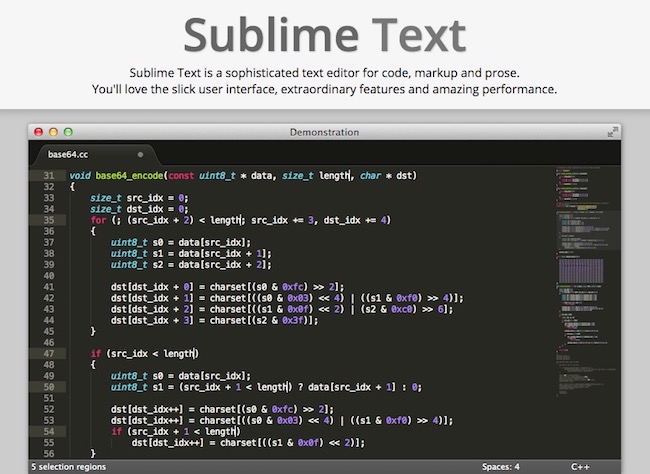
- Untracked
- Modified
- Missing
- Staged Addition
- Staged Modification
- Staged Deletion
- Unmerged
When a folder contains files with multiple statuses, the badge most toward the end of the above list will override all others.
Status Bar
When the focussed file us containing within the working directory of a Git repository, the status bar will contain the name of the current branch, along with the number of files that are untracked, modified, staged or unmerged. The status bar element will look like:
Diff Markers
Sublime Text's incremental diff functionality ties in with the Git integration. By default, the incremental diff functionality tracks changes to the file since it was last saved, but it is also possible to diff against HEAD.
Here is an example of what the diff markers look like in action, using the Mariana color scheme:
| 27 | |
| 28 | A line that was added |
| 29 | |
| 30 | A modified line |
| 31 | followed by another modified line |
| 32 | |
| 33 | The line before this was deleted |
| 34 |
Changing the setting git_diff_target to 'head' will modify the diff markers to display a diff versus the version of the file at the Git repository HEAD, as opposed to the version of the file in the working directory.
See the incremental diff documentation for more information and examples, including instructions for viewing inline diffs, navigating between hunks and reverting changes.
Sublime Merge Integration
The Git features available in Sublime Text were derived from work that went into our other product, Sublime Merge. Sublime Merge is a full-featured, blazing-fast Git client built upon the technologies from Sublime Text.
Since editing source code and prose requires different tools and workflows than managing a Git repository, we opted to integrate the most appropriate Git functionality into Sublime Text, but leave more advanced features in Sublime Merge. The following integration points make it easy to jump into the appropriate Git context:
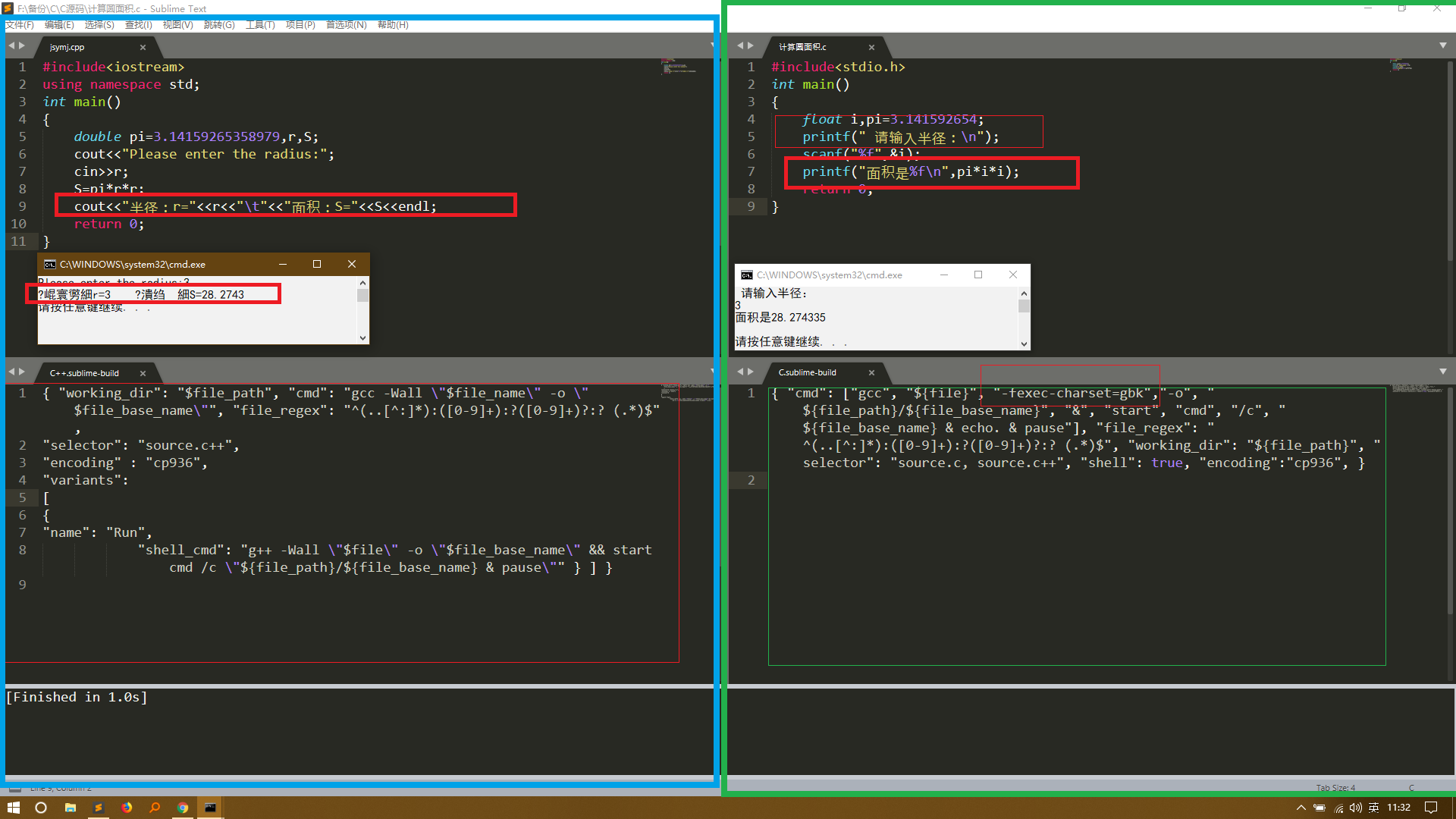
Sublime Text 4 Download
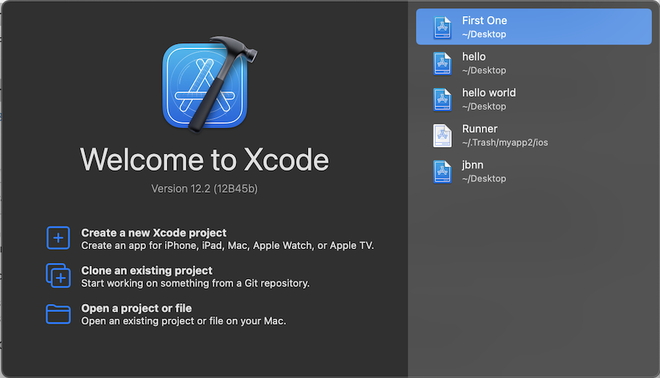
Editor Context Menu
- Open Git Repository…
- File History…
- Line History…
- Blame File…
Side Bar Folder Context Menu
- Open Git Repository…
- Folder History…
Side Bar File Context Menu
- Open Git Repository…
- File History…
- Folder History…
- Blame File…
Command Palette
- Sublime Merge: Open Repository
- Sublime Merge: Folder History
- Sublime Merge: File History
- Sublime Merge: Blame File
Settings
Enables Git integration
Controls the behavior of incremental diff for files in a Git repository. Valid values include:
'index'– diff against the Git index'head'– diff against the file at HEAD
'index'Sublime Text 2(Hereinafter referred to as Subl)Is a very powerful cross platform code editor. It needs some configuration to make it more powerful.
The configurations involved in this article are as follows:
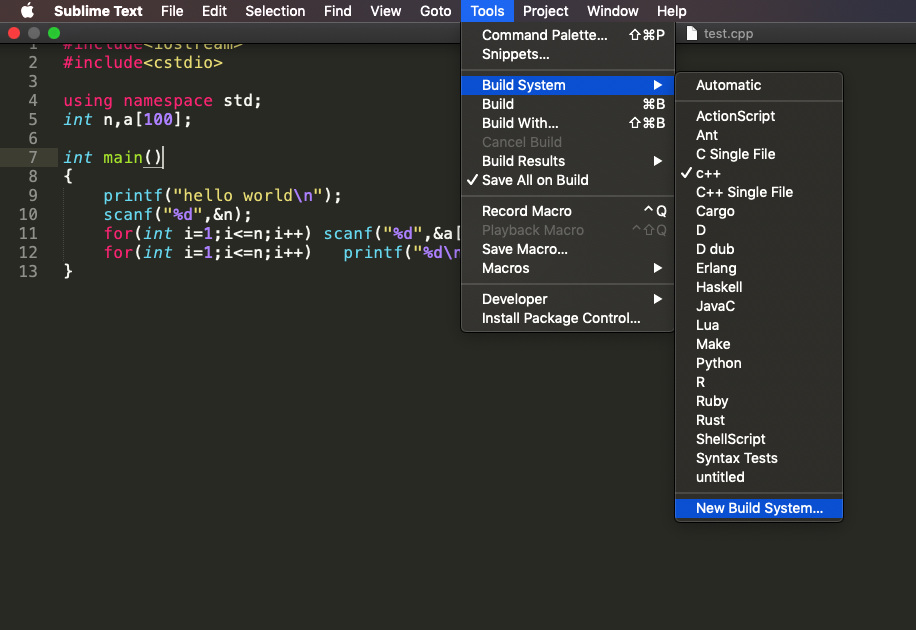
- Set Subl to support command line startup
- Install package control to enable the Subl to support the installation of plug-ins
- Install ctags and ctags plug-in to make Subl support function definition jump
Sublime Text C++ Ide
Next, let’s introduce them one by one.
Set Subl to support command line startup
Subl is easy to use, but no matter how easy an editor is, if it does not support starting from the command line, it is basically useless for programmers, especially under Mac and Linux.
In fact, Subl already contains a command-line tool called Subl (it’s not abbreviated here, it’s really called Subl), which is installed in the following directory with the program
Sublime Text 3 C++ Build System Mac
~/bin/subl
However, this tool does not establish a symbolic link to the Subl program, so running this program cannot open the Subl program. You need to execute the following command to establish a symbolic link.
ln -s “/Applications/Sublime Text 2.app/Contents/SharedSupport/bin/subl” ~/bin/subl
So you can call the Subl from the command line. This method comes from the official website of Subl. If I don’t speak clearly, you can see the original text,The original address is here
Example: if test. C exists, open test. C. if it does not exist, create a test. C open in the buffer
subl text.c
Example: open SRC folder
subl src
If you are prompted that the Subl cannot be found, you can echo $path to see if ~ / bin is not included in the environment variable. If not, open ~ /. Bash_ Profile, enter:
export PATH=~/bin:$PATH
Sublime Text C++ Compiler Mac
After completing the configuration of command line startup, Subl is a great code editor.
Install package control
Package control is the plug-in manager of Subl. For Subl, it is equivalent to brew under Mac, yum and apt get under Linux.
The way it is installed feels a little geek.
- Press Ctrl + ` to call up the console
Paste the following Python script into the bottom input box and press enter
import urllib2,os;pf=’Package Control.sublime-package’;ipp=sublime.installed_packages_path();os.makedirs(ipp) if not os.path.exists(ipp) else None;open(os.path.join(ipp,pf),’wb’).write(urllib2.urlopen(‘http://sublime.wbond.net/‘+pf.replace(‘ ‘,’%20’)).read())
Restart Subl
- Press Shift + CMD + P to call up the command box and enter install. You can see the package control: install package option in the drop-down box, indicating that the installation is OK
Install ctags and ctags plug-ins
After having package control, it is very easy to install ctags plug-in. Just press Shift + CMD + P to call up the command box, enter install to find the package control: install package option, and press enter. After a while, a search box will pop up, fill in ctags, find ctags, and press enter to install it.
The ctags plug-in is installed, but it will take a lot of trouble to install ctags. First install the package manager brew.
The installation method is to enter the following commands on the command line. Be careful not to bring sudo
ruby -e “$(curl -fsSL https://raw.github.com/Homebrew/homebrew/go/install)”
After installation, enter brew doctor as prompted to check the environment and solve the prompted alarm. In particular, we need to solve the problem that / usr / local / bin is not in the front of the path. Otherwise, we may run ctags installed with brew instead of the system itself.
After everything is done, you can install ctags.
brew install ctags
After installation, you can enter the SRC directory where the source code is located and execute
ctags -R -f .tags
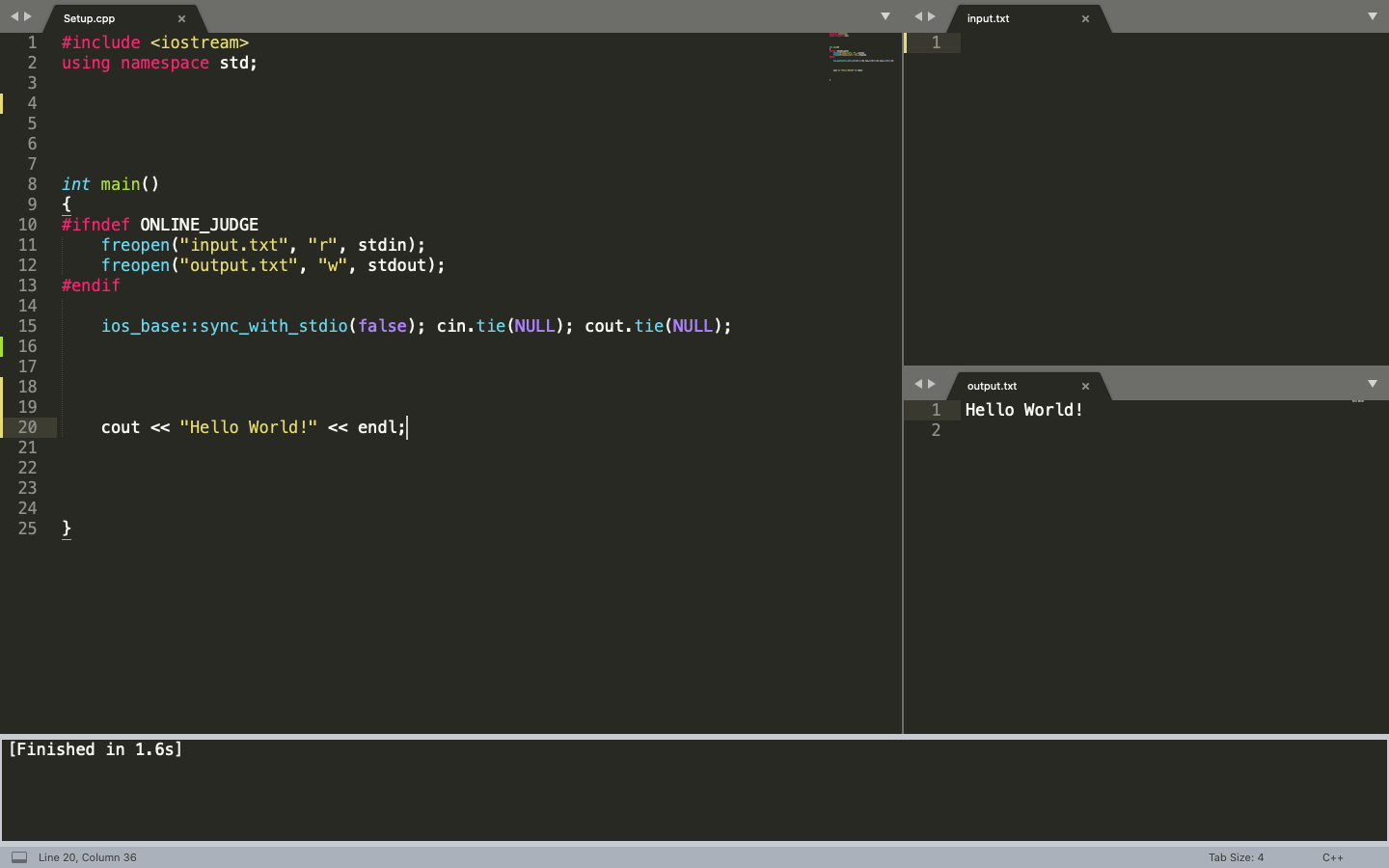
Then open the directory with Subl
Sublime Text Package C Language
subl src
C Compiler For Sublime Text
At this time, you can move the cursor over the function name, press Shift + Ctrl +. To jump to the definition, and press Shift + Ctrl + to jump back.
Well, that’s it. I’ll continue to add if there’s anything else in the future.